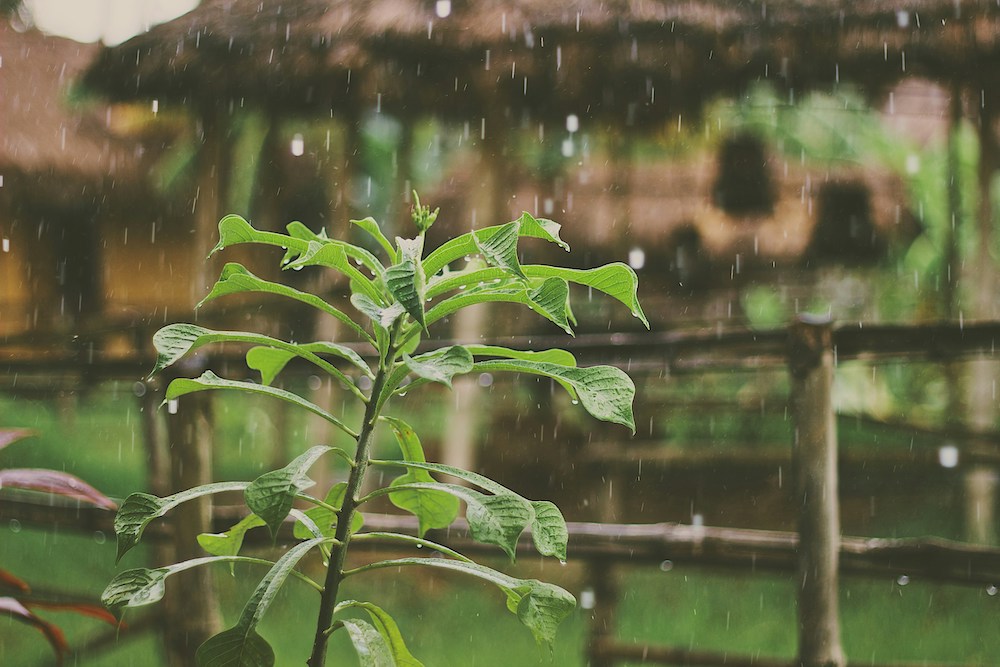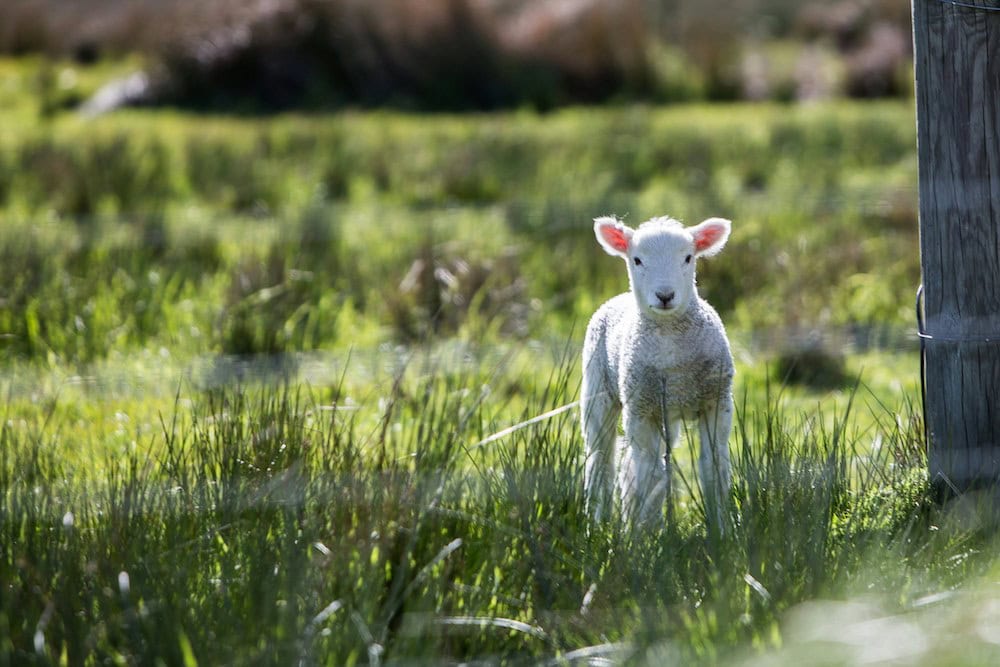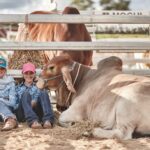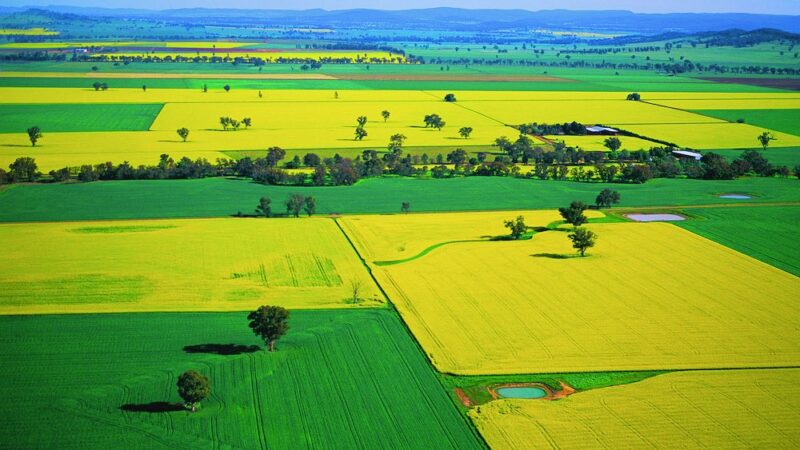Jack Archdale � or @jarchy89 as he is known on TikTok � grew up surrounded…
Pre-winter rainfall from East Coast low bolsters optimism

Many farmers across NSW were pleased to receive substantial rainfall at Easter, as essential and well-timed relief, although some received more than they bargained for.
The �pleasant surprise� of Easter rain was welcomed by many farmers across the state, who�d hoped for moisture in the lead-up to planting winter crops, and it also benefitted livestock farmers by invigorating pastures, reducing the need for supplemental feeding in the drier regions. The most significant rainfall was recorded in the state’s northwest and northeast, where some areas saw up to 100mm.
In particular, around Armidale on the Northern Tablelands, farmers received at least 30mm in one night (April 3). This rainfall was anticipated to boost feed production for the upcoming winter and was especially beneficial for regions such as the Hunter Valley and Northern Tablelands, though warmer weather for another month would help accelerate pasture development before winter.
Forecasts indicated more warm weather for the remainder of April, which should further aid in pasture growth. In the northwest near Moree, rainfall varied from 30mm to more than 100mm near the Queensland border. The timing was also opportune as summer crops like sorghum and cotton were being harvested.

New Edge Microbials agronomist Edwina Murray said the Easter rain was a confidence booster for many producers, as some areas were in dire need of rainfall.
�Some areas had dried out so having some moisture that will stay around for a while has really helped with farmers� confidence on getting better emergence, but also better seed/soil contact when they�re sowing,� Ms Murray said.
�It�s apparent, especially around my region (Young), that a lot of producers have really started working on their winter crop because conditions have been so great.�
However, Ms Murray cautioned that the rain could also be a double-edged sword.
�Nothing is ever perfect and the earlier you sow the earlier you�re going to spray the pre-emergent chemicals. And, of course, the earlier you start, the earlier they�ll run out which means you can run into weed situations,� she said.
�There are also issues in some areas where producers wanted to hold off the winter sowing opportunities so they can finish summer harvest and then seamlessly go into the winter cropping season.
�However, with the rain, the two seasons have run into each other which would be stressful for cotton farmers, as cotton doesn�t like a wet finish. You need to be able to potentially kill the cotton crop to harvest it, but the moisture keeps the crop going.�
Ms Murray, who lived in the Young area, said the recent rain allowed farmers to sow into moisture rather than sow dry and expect the moisture to come along.
�Most people start sowing around Anzac Day, but they definitely started earlier now they�ve got the go ahead from Mother Nature,� Ms Murray said.
�I think this has given many producers a big sigh of relief because it�s a short window, as you�ve got to start working on the winter crop before it gets too cold� and it gets very cold in Young.�

According to Ms Murray, many livestock producers would be looking at autumn lambing, with a view to hopefully align with rainfall to invigorate their pastures.
�With the Easter rainfall, many pastures would be invigorated earlier, so farmers will be confident that that mothers who are ready to lamb are healthy and strong. And that when the lambs are ready to move onto feed, they�ll be stronger than expected,� Ms Murray said.
�There are predictions for more warm weather ahead this month, which is also a bonus for many producers.
�With the combination of moisture and warm weather, this will speed up the general metabolism in plants, so it means the farmers have the seeds in the ground and it will establish and set roots and repair itself for the cold weather. It means there will be a more resilient crop which sets itself up for more yield potential.
�It also put its roots further into the soil profile to access more moisture and nutrients; this means if you hit a dry period the crop will be more tolerant to stresses.�
But not every area was pleased with the amount of rainfall, as some parts of the state copped a deluge. NSW Farmers Regional Services Manager Mark Bulley said there were definitely pros and cons with the �surprising� Easter rain.
�I think we were lucky the rain was spread over a few days. The average rain in the mid-coast area over three days was about 250mm so that�s pretty good, although it probably delayed some people from doing their tasks,� Mr Bulley said.
�One farmer told me this was the best drought he�s experienced! It was a tongue-in-cheek comment, of course, as there had been concerns we were moving back into drought.
�While it�s good to have the rain, if it runs off too quickly you�ve effectively lost it � it�s the slow, soaking rain that�s really needed so it gets into the ground and the root system. So, while many farmers were saying the rain was fantastic, it really needs to penetrate into the soil.�
Ms Murray also claims the warm, wet conditions were excellent for the survival of inoculants on pulses.
�Farmers who are considering inoculating or double inoculating with these current sowing conditions should see fantastic results,� Ms Murray said.
If you enjoyed this piece on the Easter rainfall, you may like to read about how El Nino has been defying predictions in 2024.








